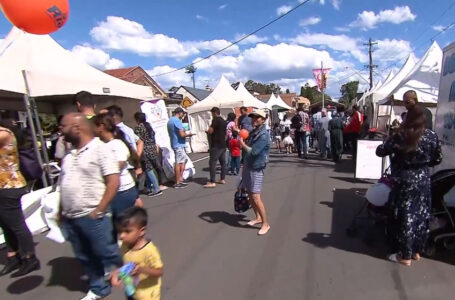7 Most Mysterious Places in India
India is not just a land of culture and mysticism, but also of mystery. There are many places in the country that defy belief, from a village in which birds commit suicide every monsoon, to a temple in which pillars seem to hang upside down, without any support. Interested? Read on to discover more.
India is just about the strangest, most diverse country you will ever find. We don’t say this as Indians ourselves, but just by the sheer amount of diversity that the country contains within it. It is often named among the top five travel destinations of most non-Indians, and the words that spring to mind when people describe the country are ‘magical’, ‘mystical’ and ‘loud’.
One of the reasons why India is called mystical is because of the rich, long, living history that embodies life over there. It is probably the only ancient living civilisation in the world today, and that’s saying something.
So if you think the Bermuda Triangle is mysterious, think again, because we’ve brought you some first-class mysteries from modern India that will make you stop and take notice. And of course, we try and explain them too.
1. The hanging pillar of Lepakshi
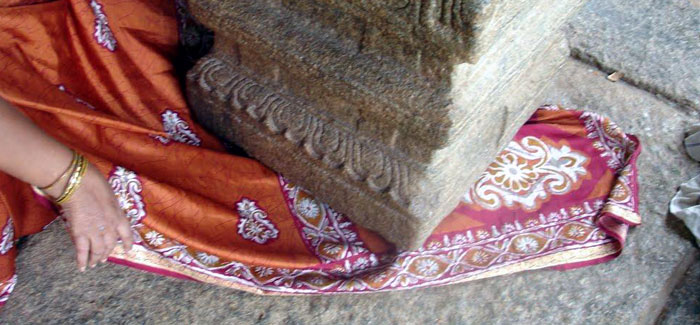
In the South Indian state of Andhra Pradesh, Lepakshi is considered an important cultural and archaeological site of India. It is known for its architecture and painting. The temple of Lord Shiva tends to get a lot of mileage, though, for the existence of what is called the floating or the hanging pillar. Devotees regularly pass thin pieces of cloth under the pillar to prove that it is really hanging in the air without any support.
It has been suggested that this is true evidence of the power of Lord Shiva on the place, but more rational voices have commented that provided how strong the stone slab of the roof is, it is not strange to see it supporting the weight of the pillar.
2. The village of twins in Kodinhi
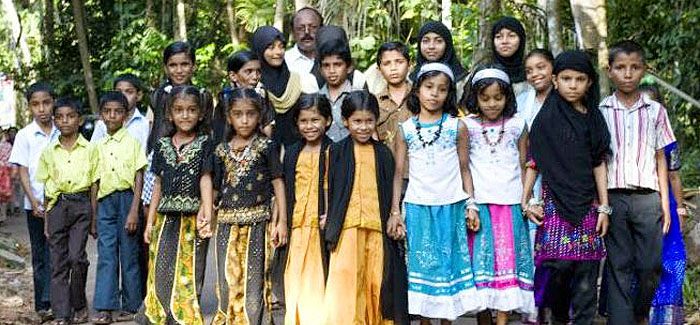
The village called Kodinhi in Malappuram, Kerala, is your typical Indian village with one grotesque quality: it has a strikingly large number of twin births ever year. Once you set foot in this village, you will begin to see doubles of almost everyone. Currently there are 200 pairs of twins in the village, besides two sets of triplets. What’s even stranger is that Kodinhi’s women who marry outside of the village also end up having twins and triplets.
After a lot of conspiracy theories about twin births have been discarded, doctors now believe that the reason for this strange phenomenon is the chemical composition of the water of the area.
3. The rats of Deshnok

The Karni Mata Temple, which is one of the most religious holy sanctums of India, is infested with over 20,000 rats that regularly emerge from their holes underneath the ground to feast on the food left behind by devotees. The rats are considered to be highly auspicious, so they’re not killed or even abused. They’re in fact worshipped and well-fed, because they’re considered the reincarnated relatives and family members of Karni Mata. Unless you happen upon a white rat, which would be a son of the goddess.
Other devotees consider the rats to be the steed of Lord Ganesha and therefore devotees are forbidden from attempting to harm them.
4. The red rain of Idukki
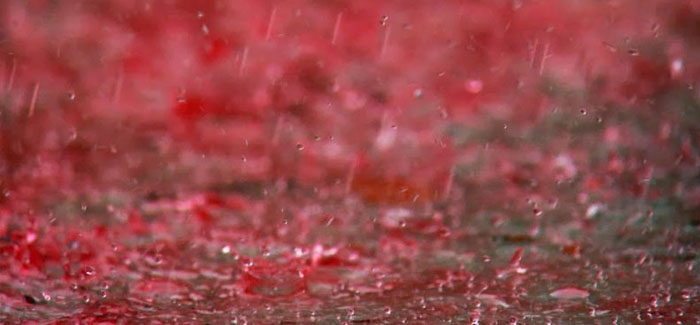
Idukki in Kerala boasts of rich natural splendour of the mountains, a vast forest reserve, and a great holidaying experience by the coast, but by far the biggest travel attraction of this place is the mysterious red rain. The red coloured rain first occurred on 25th July, 2001, and it fell sporadically over a period of two months. When the locals collected this red water in vessels, they found that the red particles settled to the bottom, with the top water retaining the original colour of water.
This has only happened once, but the locals still dine out on the experience, and scientists have concluded that it could have happened due to the airborne spores of the locally growing algae of the region, which are red in colour.
5. The lake of skeletons
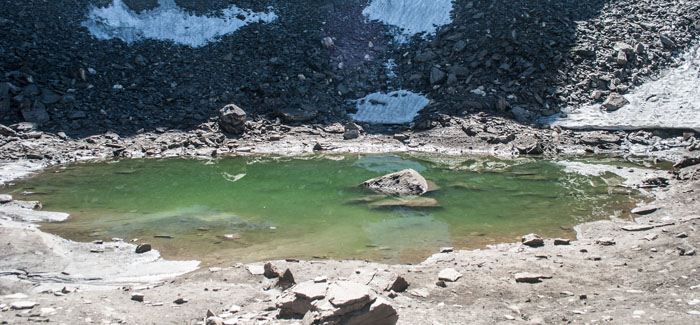
Imagine walking up to a lake of crystal clear water and peeping into it only to find a heap of skeletons at the bottom of it. That is exactly what you will find if you are to visit Roopkund Lake in Uttarakhand, at an elevation of 15,000 feet. When the ice melts during the onset of summer, tourists come from all over to look at the heap of 300-600 skeletons preserved at the bottom of the water body. Carbon dating has suggested that these bones date back to the year 1500 A.D.
The locals believe that the corpses belong to the then king and queen of Kanauj who were going on a pilgrimage with a retinue and were unfortunately trapped in a hailstorm and sucked into the lake.
6. The Magnetic Hill of Ladakh
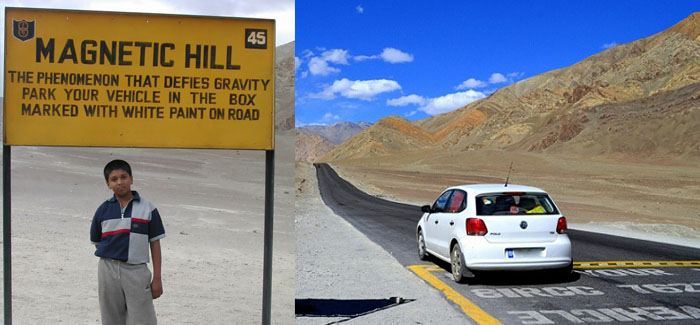
Driving to Ladakh and Leh is one of the great experiences if you’re a travel bug. But what if you were driving along and you find that your car has begun to levitate? This may sound far-fetched at first, but if you believe in the many anecdotes offered by the people who have had this experience, it does happen. Cars tend to get pulled up into the air when you’re by the Magnetic Hill. However, this has been declared as just an optical illusion arising from the nature of the hill’s gravitational pull.
Optical illusion or not, it feels real, and that’s what truly matters.
7. The suicidal birds of Jatinga
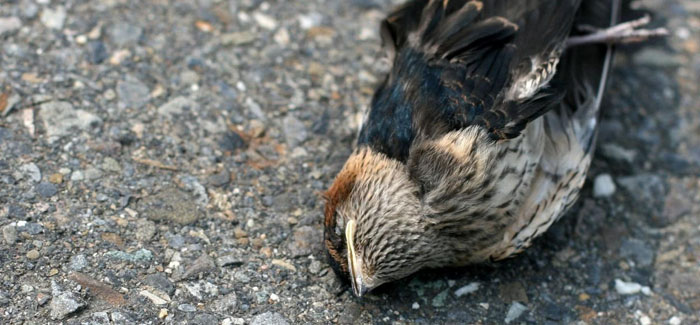
There is a small, picturesque village in Assam called Jatinga, which is the very definition of beauty, but something strange and bizarre happens here every year in the months of September and October. During the dark and foggy nights of monsoon, thousands of migratory birds flying over the village dive headlong into trees and buildings and crash to their death. The village turns into a land of mass bird suicides.
Ornithologists say that the birds are not committing suicides; they’re just trying to find their way in the dense fog and failing. But there are many mysterious theories that explain why the birds of Jatinga plunge to their deaths every monsoon.




